The manuscripts of Thomas Harriot (1560–1621)
|
|
|
|
|
PETWORTH HOUSE ARCHiVES |

|
| Summary | The Project "The manuscripts of Thomas Harriot (1560–1621)"aims not only to publish Harriot’s surviving papers but to organize them in such a way that readers can find their way more easily through the disordered raw material. We have therefore classified the papers into several main topics: navigation, mechanics, optics, algebra, geometry, astronomy, and so on. Within each topic, there are further subdivisions, down to small related groups of manuscript pages. This structure can be navigated through sequences of clickable maps. |
| Research group | Matthias Schemmel (Max Planck Institute for the History of Science), Jacqueline Stedall† (University of Oxford), Robert Goulding (University of Notre Dame) |
| Library | Esther Chen, Urs Schoepflin (Max Planck Institute for the History of Science) |
| IT support | Dirk Wintergrün (Max Planck Institute for the History of Science), Klaus Thoden (Max Planck Institute for the History of Science, partly funded by DM2E) |
| Project partners | Max Planck Institute for the History of Science, Germany University of Oxford, United Kingdom University of Notre Dame, USA British Library, United Kingdom Petworth House Archoives, United Kingdom |
| Context |
I Thomas Harriot (1560–1621): life and work II History of the manuscripts III The Harriot Online Project IV Bibliography |
| Licence agreements | This project is the result of scholarly work. The editors are Jacqueline Stedall†, Matthias Schemmel, and Robert Goulding. Unless stated otherwise the archival material published on this website may not be used for publication or commercial purposes without explicit and written permission from the respective institutions and/or individuals who own the copyright. Please contact the corresponding archive or collection directly or send a mail to MPIWG Library. For general information concerning the respective copyright policies of these institutions, see the Max Planck Institute. |
Access to manuscript collection by topics
Index of topics
This project is the result of scholarly work.
Please cite as:"Jacqueline Stedall, Matthias Schemmel, Robert Goulding:
Digital edition of Thomas Harriot's manuscripts, 2012– .
http://echo.mpiwg-berlin.mpg.de/content/scientific_revolution/harriot".

|

 British Library
British Library

